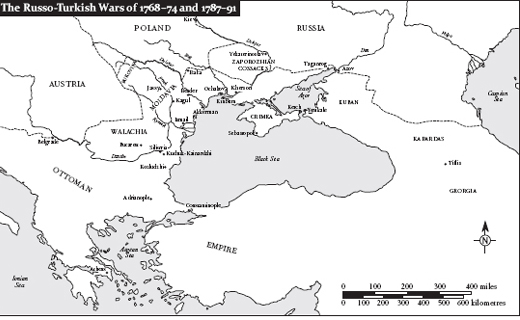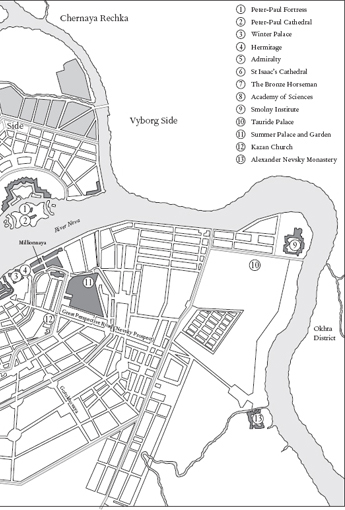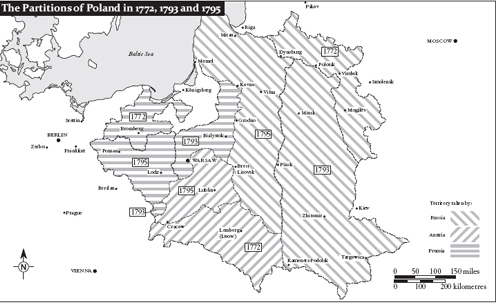Simon Dixon
CATHERINE THE GREAT
Genealogies and Maps










A NOTE ON DATES, SPELLING, TRANSLITERATION AND NAMES
INTRODUCTION
Jesus Christ, Napoleon and Richard Wagner are said to have inspired more biographies than any other figures in history. Catherine the Great cannot be far behind. Fascinated by a German princess who captured the Russian throne and corresponded with the leading minds of her age, her contemporaries started to tell her story from the moment she died on 6 November 1796. Ever since, her political achievements as ruler of the most powerful emergent empire in Europe have been set against rumours about the amorous liaisons on which she embarked in search of elusive personal fulfilment.
Over 200 years after the empress’s death, when both aspects of her life still make headlines in Russia and the West, my aim has been to bridge the gap between formidable historical scholarship and the popular accounts that risk trivialising a woman whose life requires no embellishment to reveal its interest and importance. There is no need to invent her conversations: though her writings can rarely be taken at face value, they tell us much about her active mind. And there is no shortage of acute contemporary comment on her personality and reign (what posterity made of it is the subject of my final chapter). Unless otherwise acknowledged, translations from these sources are my own, though readers who want to explore for themselves now have access to a growing range of excellent English versions, listed in the Further reading section. In addition to identifying the sources of my quotations, the endnotes offer a further (if necessarily inadequate) guide to the scholarship on which I have drawn. A comprehensive list would fill a book far larger than this one.
The Russian historian and journalist Vasily Bilbasov made the same discovery at the end of the 1880s. In addition to filling a fat bibliographical volume, he took more than a thousand lively pages to cover only half of Catherine’s life before the reigning tsar, Alexander III, intervened to prevent further revelations about his controversial predecessor. Since comprehensiveness is clearly an impossible goal, it is important to have a guiding purpose in choosing what to discuss and what to omit. In attempting to give a fully rounded portrait of the empress, I have taken a broadly chronological approach that helps to emphasise the very wide variety of problems with which an absolute monarch was confronted at any one time. (Corrections to generally accepted dates are largely silent, except where they significantly revise our understanding of the course of events, as, for example, in the case of the funerals of Empress Elizabeth and Alexander Lanskoy.) Above all, however, I have sought to recover a sense of place, situating Catherine in the context of the Court society in which she grew up in Germany and lived most of her long life in Russia. For all that she did to reshape the values of the Court of St Petersburg, it still preserved in the 1790s many of the features of the Baroque Courts which she had first experienced, at Stettin, Zerbst and Brunswick-Wolfenbuttel. Here the Court is understood in the multiplicity of senses familiar to her and her contemporaries: an institution alive with intrigue extending from the monarch at its heart to the servants at its outer penumbra; a network of rival aristocratic clienteles at the centre of politics in much of Europe before the French Revolution; the symbolic authority to which foreign ambassadors were accredited; an extraordinary range of palaces, both urban and surburban; and a glittering cultural icon representing the power and majesty of the ruler to her subjects, great and small. That was how Catherine experienced the Court. And no single event did more to reveal its kaleidoscopic significance than her coronation, with which my version of her story begins.

